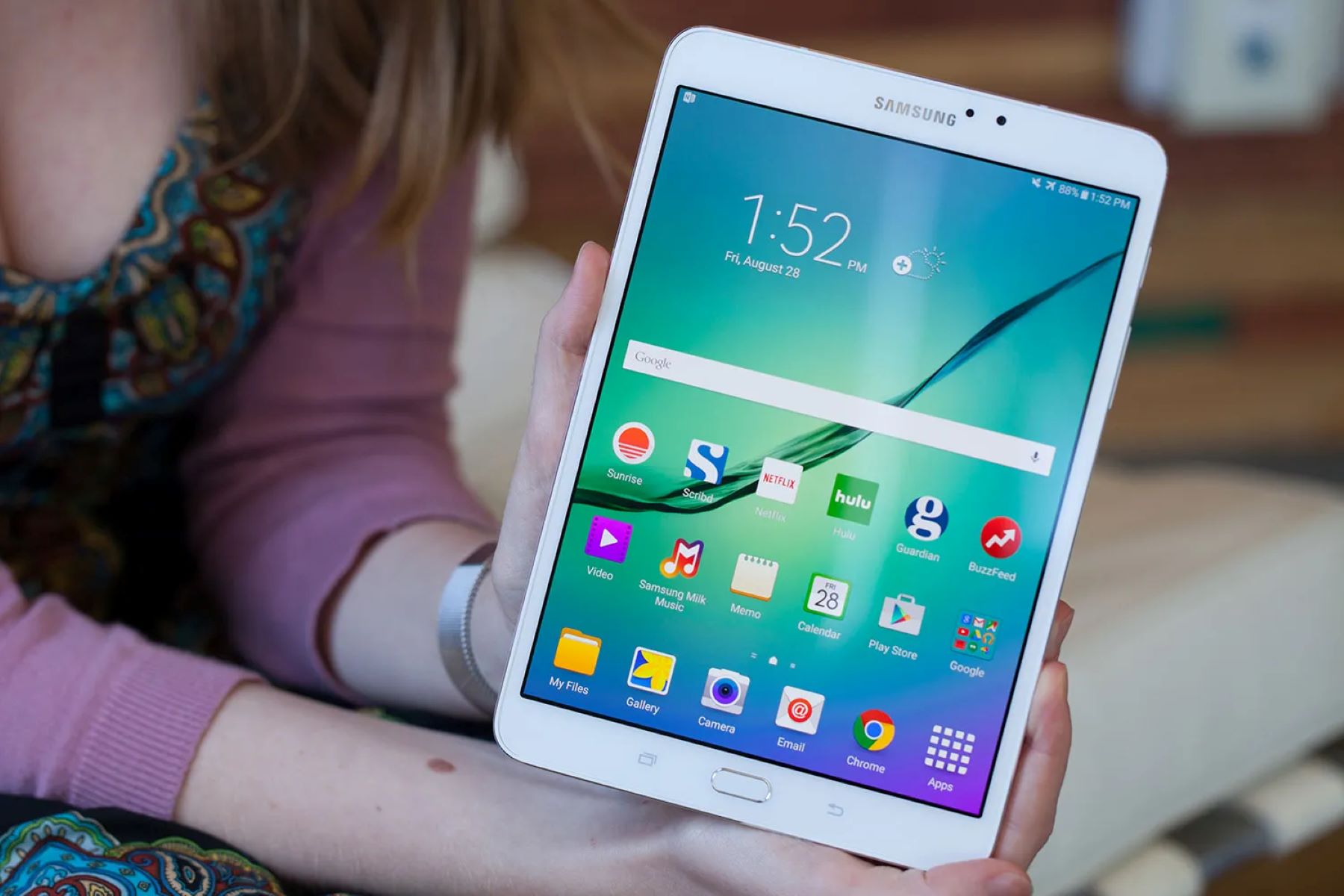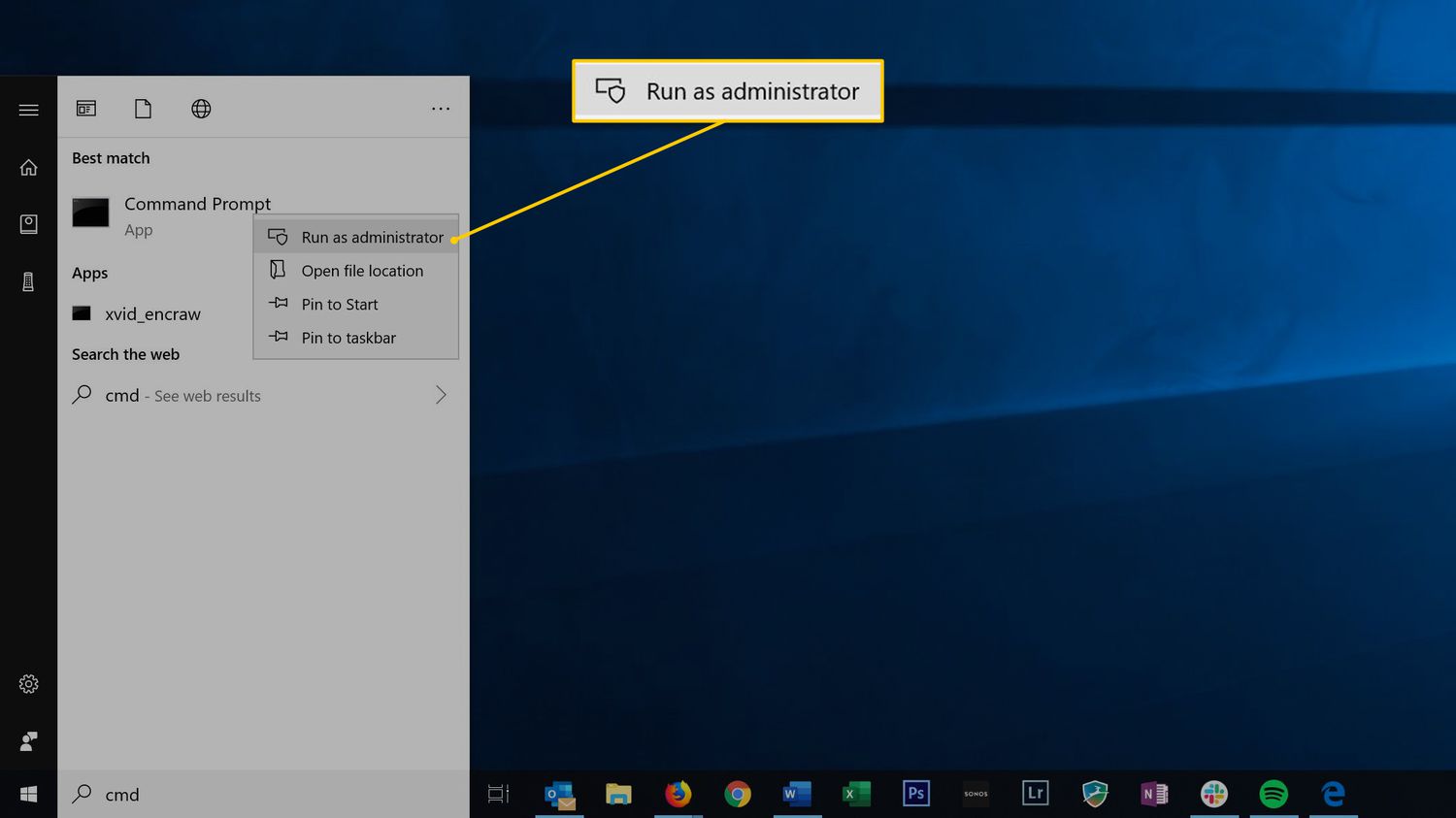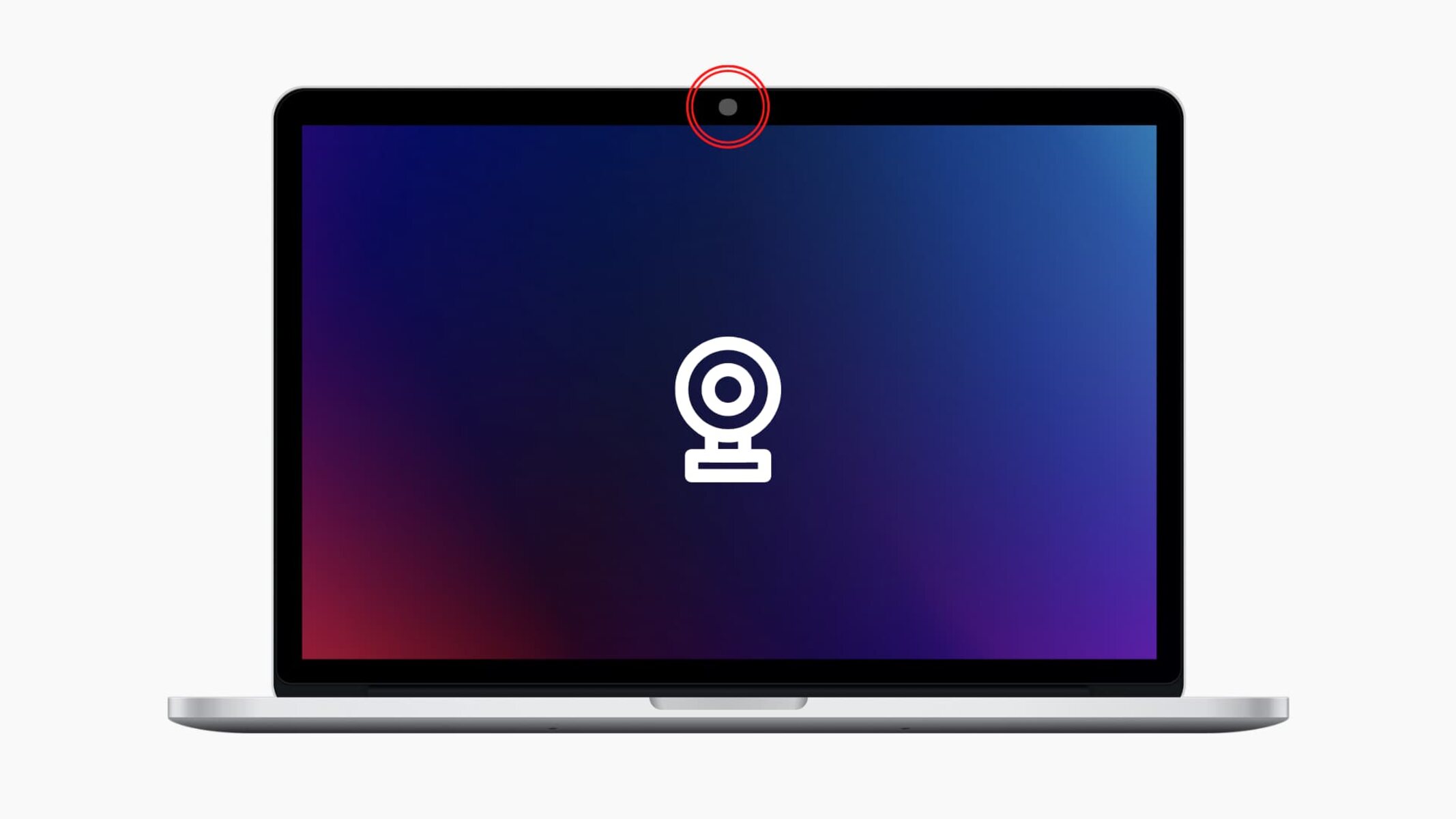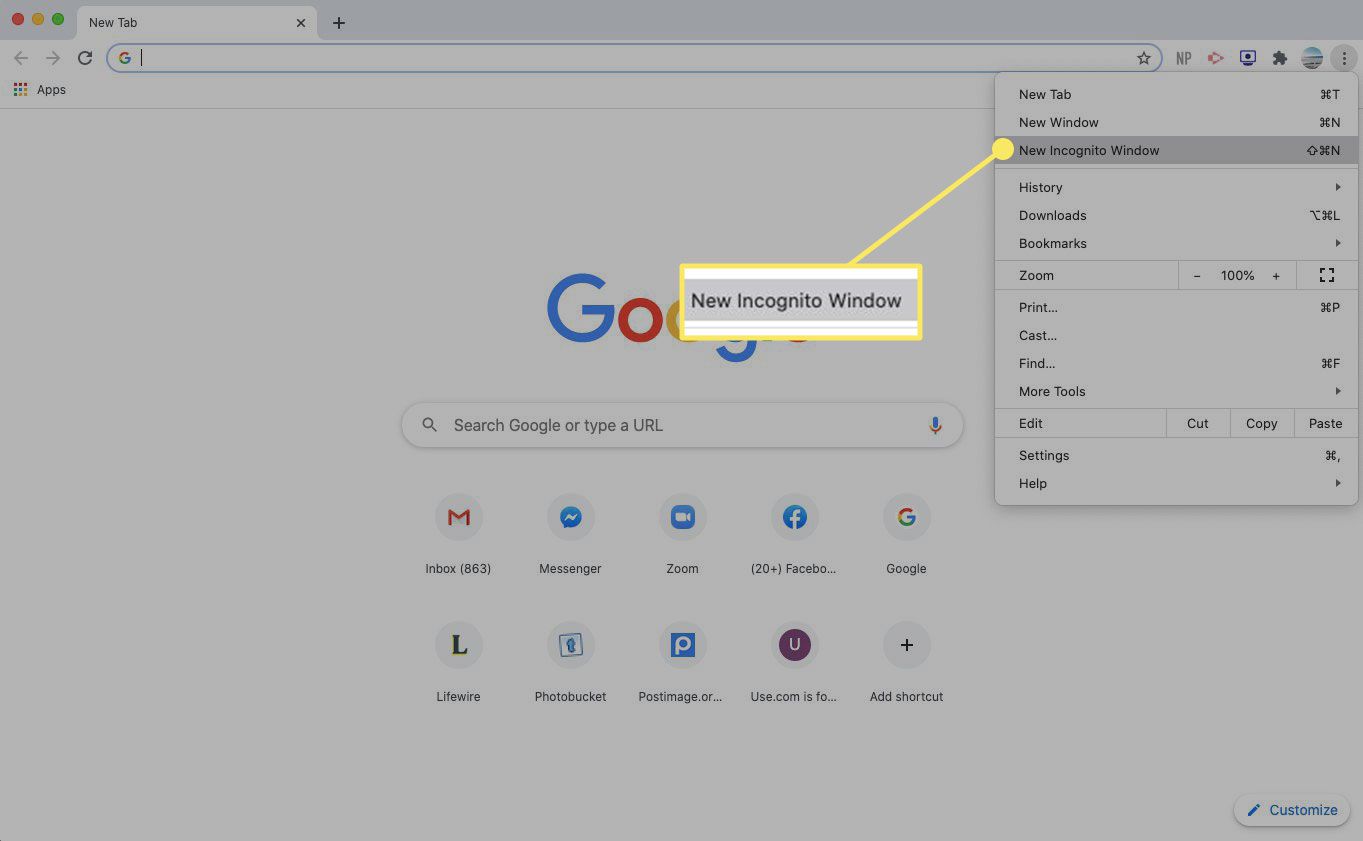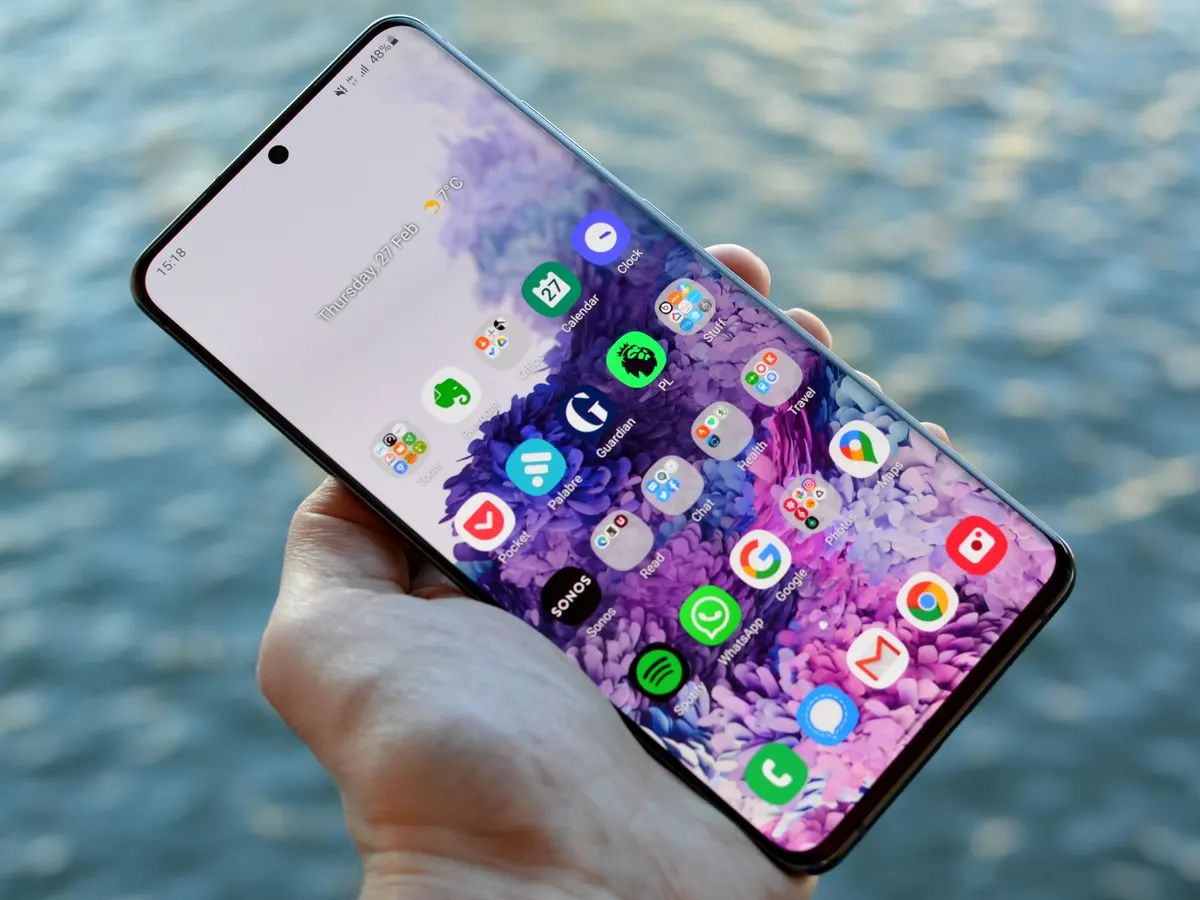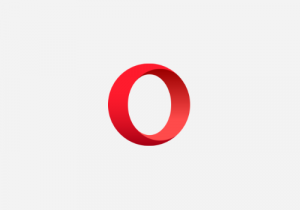Introduction
When you open a web browser and visit a website, have you ever noticed the tiny image displayed on the browser tab? This small but significant element is known as the browser tab icon, and it serves a crucial role in the browsing experience. Also referred to as a favicon, this icon is often overlooked, yet its impact on user interaction and website recognition is substantial.
The browser tab icon is a visual representation of a website, typically displayed in the address bar and tabs of a web browser. It is a miniature symbol that encapsulates the essence of the website, providing users with a quick and recognizable visual reference. This icon is not only a design element but also a powerful branding tool for websites, contributing to their overall identity and user engagement.
As we delve deeper into the world of browser tab icons, we will uncover the purpose and importance of these tiny yet influential images. Additionally, we will explore the intricacies of designing an effective browser tab icon and the best practices to ensure optimal visibility and impact. Join me on this journey to unravel the significance of the often underestimated browser tab icon and its role in shaping the online landscape.
Definition of Browser Tab Icon
The browser tab icon, commonly known as a favicon, is a small, square-shaped image displayed in the tab of a web browser. It is also visible in the address bar, bookmarks, and history, serving as a visual identifier for a specific website. Typically, this icon measures 16×16 pixels or 32×32 pixels and is saved in the ICO format, although other image formats such as PNG or GIF can also be used.
This tiny yet impactful element is an integral part of a website's branding and user experience. It allows users to quickly identify and distinguish between multiple open tabs, making it easier to navigate and locate specific websites. The browser tab icon is often derived from a website's logo, a simplified version of the logo, or a unique symbol associated with the website's identity.
From a technical standpoint, the browser tab icon is specified in the HTML code of a web page using the "link" tag with the "rel" attribute set to "icon." This enables web browsers to locate and display the designated icon when the website is accessed. Additionally, the browser tab icon can be customized for different devices and display resolutions, ensuring a consistent and recognizable representation across various platforms.
In essence, the browser tab icon serves as a visual ambassador for a website, encapsulating its brand identity in a compact and easily recognizable form. It plays a vital role in enhancing user experience, reinforcing brand recognition, and contributing to the overall aesthetics of web browsing. As we continue our exploration, we will uncover the multifaceted purpose and significance of the browser tab icon in the digital realm.
Purpose of Browser Tab Icon
The browser tab icon, commonly known as a favicon, serves a multifaceted purpose that extends beyond its diminutive size. At its core, the primary purpose of the browser tab icon is to provide a visual representation of a website within the browser interface. This visual cue enables users to quickly identify and distinguish between multiple open tabs, facilitating seamless navigation and enhancing the overall browsing experience.
Beyond its practical utility, the browser tab icon plays a pivotal role in reinforcing brand recognition and establishing a visual connection with website visitors. By incorporating a distinctive icon that aligns with the website's branding elements, such as color schemes, logos, and visual motifs, the favicon becomes an integral part of the website's identity. This subtle yet impactful branding strategy contributes to a cohesive and memorable user experience, fostering a sense of familiarity and trust.
Moreover, the browser tab icon serves as a visual anchor, especially in scenarios where multiple tabs are open simultaneously. It provides users with a quick reference point, allowing them to effortlessly locate and return to a specific website amidst a cluttered tab interface. This functionality is particularly valuable in today's fast-paced digital landscape, where users often engage with multiple websites and online resources concurrently.
From a user experience perspective, the browser tab icon enhances the visual appeal of the browsing environment, adding a touch of personalization and character to the otherwise utilitarian tab interface. It infuses a sense of individuality and uniqueness into the browsing experience, contributing to a more engaging and visually stimulating interaction with websites.
Furthermore, the presence of a well-crafted browser tab icon conveys a sense of professionalism and attention to detail, reflecting positively on the website's overall quality and credibility. It signifies that the website is meticulously designed and curated, down to the smallest visual elements, thereby instilling confidence in visitors and reinforcing a positive perception of the brand.
In essence, the purpose of the browser tab icon transcends its modest dimensions, encompassing brand reinforcement, user experience enhancement, visual differentiation, and credibility establishment. As we delve deeper into the significance of this unassuming yet influential element, we will uncover the profound impact it has on shaping the digital landscape and shaping user perceptions.
Importance of Browser Tab Icon
The browser tab icon, often overlooked due to its diminutive size, holds immense significance in the realm of web design and user experience. Its importance extends far beyond being a mere visual embellishment, as it plays a pivotal role in shaping user perceptions, reinforcing brand identity, and enhancing the overall browsing experience.
First and foremost, the browser tab icon serves as a powerful tool for brand recognition and recall. In today's digital landscape, where countless websites vie for attention, establishing a strong visual association with a brand is paramount. The presence of a distinct and well-crafted browser tab icon reinforces the website's identity, making it instantly recognizable amidst a sea of tabs. This visual imprinting contributes to brand retention and recall, fostering a lasting impression in the minds of users.
Moreover, the browser tab icon serves as a subtle yet impactful branding element, encapsulating the essence of a website's identity in a compact form. It embodies the brand's visual language, incorporating elements such as color schemes, logos, and design motifs, thereby reinforcing a cohesive and memorable brand image. This visual consistency across the browsing interface cultivates a sense of trust and familiarity, instilling confidence in users and strengthening the website's brand equity.
From a user experience standpoint, the browser tab icon plays a crucial role in facilitating efficient navigation and multitasking. In a scenario where multiple tabs are open simultaneously, the presence of a recognizable icon enables users to swiftly locate and switch between different websites. This streamlined navigation not only enhances user productivity but also contributes to a seamless and intuitive browsing experience, thereby elevating the overall usability of the website.
Furthermore, the browser tab icon contributes to the visual appeal and personalization of the browsing environment. By incorporating a unique and visually engaging icon, websites can infuse a sense of individuality and character into the tab interface, creating a more immersive and aesthetically pleasing user experience. This attention to visual detail enhances user engagement and fosters a deeper connection between the website and its visitors.
In essence, the browser tab icon holds immense importance as a visual ambassador for websites, encompassing brand recognition, user experience enhancement, and visual differentiation. Its impact reverberates across the digital landscape, shaping user perceptions and contributing to the overall cohesiveness and memorability of websites.
Designing a Browser Tab Icon
Designing a browser tab icon is a nuanced and intricate process that requires careful consideration of various factors, including brand identity, visual impact, and technical specifications. The creation of an effective browser tab icon entails striking a delicate balance between aesthetic appeal, recognizability, and scalability across different devices and display resolutions.
The first step in designing a browser tab icon involves distilling the essence of the website's brand identity into a compact visual representation. This often entails leveraging key elements such as the logo, color palette, and design motifs to create a cohesive and recognizable icon. The icon should encapsulate the core attributes of the brand while remaining visually distinct and memorable.
Furthermore, it is essential to consider the technical specifications and constraints associated with browser tab icons. The icon must be crafted in a square format and optimized for small dimensions, typically ranging from 16×16 pixels to 32×32 pixels. This necessitates a meticulous approach to design, ensuring that the icon remains clear and identifiable even at its diminutive size.
Additionally, the browser tab icon should be designed with scalability in mind, allowing it to adapt seamlessly to various display resolutions and devices. This may involve creating multiple versions of the icon to cater to different screen densities and ensuring that the icon retains its visual integrity across diverse platforms.
A crucial aspect of designing a browser tab icon is the emphasis on simplicity and clarity. Given the limited space available for display, the icon should eschew intricate details in favor of clean, recognizable shapes and symbols. This simplicity not only enhances the icon's visibility but also contributes to its versatility across different contexts and backgrounds.
Moreover, the use of color and contrast plays a pivotal role in the design process, as the icon must remain discernible in varying browsing environments. Careful consideration should be given to color choices and contrast levels to ensure that the icon maintains its visual impact and legibility across different browser interfaces and themes.
In essence, designing a browser tab icon is a meticulous endeavor that demands a harmonious fusion of brand identity, visual clarity, and technical precision. By adhering to best practices and leveraging design principles, websites can create compelling and distinctive icons that serve as enduring visual ambassadors in the digital realm.
Best Practices for Browser Tab Icon Design
Designing an effective browser tab icon requires adherence to best practices that encompass visual appeal, recognizability, and technical considerations. By following these guidelines, websites can create icons that resonate with users and enhance the overall browsing experience.
-
Simplicity and Clarity: Emphasize simplicity in the icon design, opting for clean and recognizable shapes or symbols. Avoid intricate details that may become indiscernible at smaller sizes. A minimalist approach ensures that the icon remains clear and identifiable, even in the confined space of a browser tab.
-
Visual Consistency: Maintain visual consistency with the website's branding elements, such as color schemes and design motifs. The icon should encapsulate the essence of the brand while aligning with its overall visual identity. This fosters a cohesive and memorable user experience, reinforcing brand recognition.
-
Optimized Dimensions: Craft the icon in a square format, ensuring that it is optimized for small dimensions, typically ranging from 16×16 pixels to 32×32 pixels. Pay attention to the icon's visual integrity at these sizes, as it directly impacts recognizability and impact.
-
Scalability: Design the icon with scalability in mind, allowing it to adapt seamlessly to various display resolutions and devices. Consider creating multiple versions of the icon to cater to different screen densities, ensuring that it retains its visual appeal across diverse platforms.
-
Color and Contrast: Carefully select colors and contrast levels to ensure that the icon remains discernible in different browsing environments. Opt for high contrast and distinct color choices to enhance visibility and legibility across various browser interfaces and themes.
-
Testing and Iteration: Conduct thorough testing of the icon across different browsers, devices, and themes to ensure its visual consistency and recognizability. Iterate on the design based on user feedback and performance metrics to refine the icon's impact.
By adhering to these best practices, websites can create browser tab icons that serve as compelling visual ambassadors, reinforcing brand identity and enhancing the overall user experience. The careful integration of design principles and technical considerations culminates in icons that leave a lasting impression on users, contributing to the visual cohesiveness and memorability of websites.
Conclusion
In conclusion, the browser tab icon, often referred to as a favicon, embodies far-reaching significance in the digital landscape. Despite its modest dimensions, this tiny visual element serves as a powerful conduit for brand recognition, user experience enhancement, and visual differentiation. By encapsulating the essence of a website's identity in a compact and recognizable form, the browser tab icon plays a pivotal role in shaping user perceptions and fostering a cohesive browsing experience.
From a branding perspective, the browser tab icon serves as a visual anchor, imprinting the website's identity in the minds of users. Its presence reinforces brand recognition and recall, contributing to a lasting impression that extends beyond the confines of the browser interface. By aligning with the website's visual language and design motifs, the icon becomes an integral part of the brand's identity, fostering familiarity and trust among visitors.
Moreover, the browser tab icon enhances the overall browsing experience by facilitating efficient navigation and multitasking. In a cluttered tab interface, the presence of a distinct icon enables users to swiftly locate and switch between different websites, contributing to a seamless and intuitive browsing experience. This streamlined navigation not only enhances user productivity but also fosters a deeper connection between the website and its visitors.
The design process of a browser tab icon demands a harmonious fusion of brand identity, visual clarity, and technical precision. By adhering to best practices and leveraging design principles, websites can create compelling and distinctive icons that serve as enduring visual ambassadors in the digital realm. Emphasizing simplicity, visual consistency, optimized dimensions, scalability, and color contrast ensures that the icon resonates with users and leaves a lasting impression.
In essence, the browser tab icon, despite its diminutive size, wields immense influence in shaping user perceptions and reinforcing brand identity. Its impact reverberates across the digital landscape, contributing to the visual cohesiveness and memorability of websites. As websites continue to prioritize user experience and brand recognition, the browser tab icon stands as a testament to the profound impact of even the smallest visual elements in shaping the online ecosystem.









